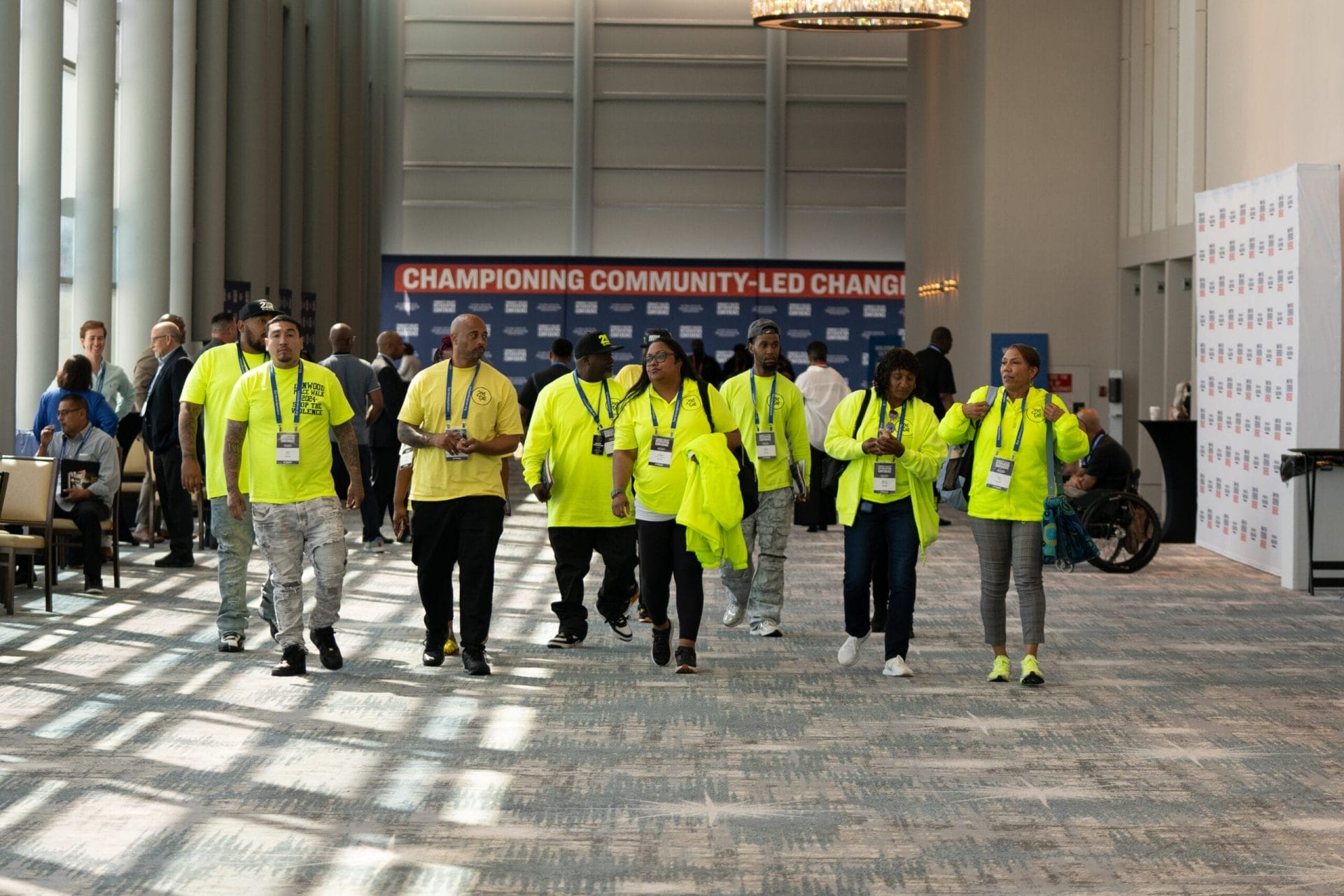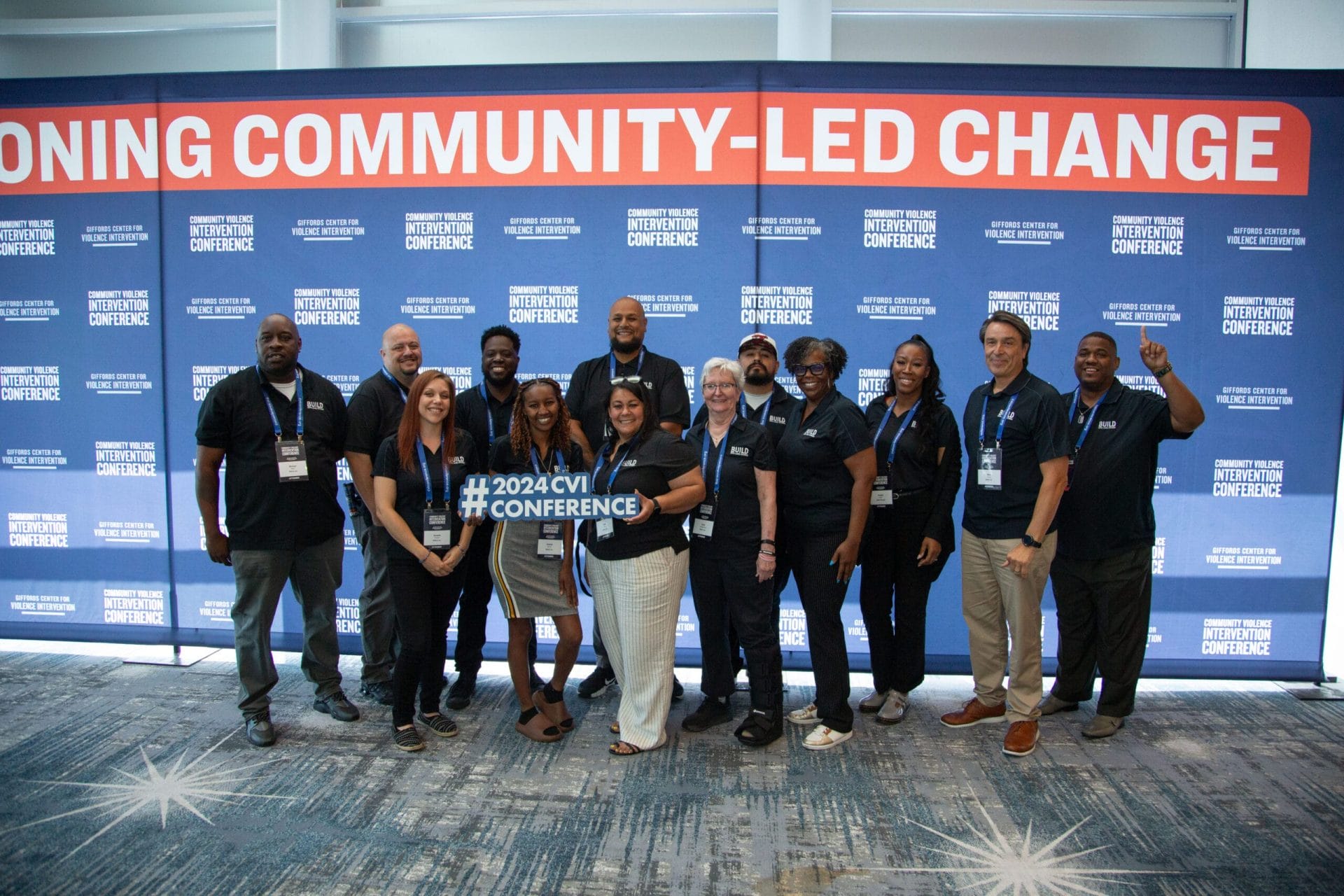
Cross-Sector Innovation Can Unlock the True Potential of Community Violence Intervention
Our latest report explores opportunities for innovation that can develop synergies to advance the CVI field.
Executive Summary: Opportunities for Innovation in CVI

In order for community violence intervention (CVI) programs to adapt and address the needs of their specific communities, they must have the capacity to innovate, experiment, and grow. Achieving this transformation requires a new approach to collaboration between public and private sectors, researchers, policymakers, and practitioners to create systems that nurture innovation and enable programs to grow.
That’s the focus of our latest report, Opportunities for Innovation in Community Violence Intervention. Through conversations with CVI subject-matter experts in research, policy, and practice, we specifically sought to learn about current barriers practitioners face, analyzed their implications on the developmental trajectory of the field, and explored innovative practices that may offer solutions. The report charts a path forward for stakeholders who all play a direct or indirect role in shaping an ecosystem that encourages innovation, builds evidence, and scales effective strategies.
But to better understand the recommendations, we must first identify the barriers to access this funding that practitioners noted were hindrances in their pursuit of financial stability:
- An emphasis on preferred metrics
- A dependence on rigid quantitative methods for evaluation
- Brief funding cycles and a desire for quick results
- An imbalance of power between institution- and grassroots-led programs
These barriers have far-reaching implications that reverberate throughout the entire ecosystem of violence intervention and community safety, distorting the developmental trajectory of the CVI field and hampering necessary innovation.
By combining the private sector’s innovative spirit with the public sector’s reach and resources, however, we can create a funding landscape that is responsive to community needs, adaptable to changing circumstances, and driven by those closest to the issues of community violence who possess the solutions to break cycles of harm.
CVI is not just a complement to traditional public safety—it is a critical and transformative approach that demands equitable investment and the opportunity to prove its impact. To ensure CVI programs and practitioners can fulfill their promise to communities, we must commit holistically to developing a coordinated, multi-stakeholder approach that removes barriers, creates access, and embraces innovation.
The recommendations in our latest report draw directly from the insights of practitioners and those working alongside them. They outline actionable steps for funders, policymakers, researchers, practitioners, and community leaders to bridge the gap between policy and practice, deepen public understanding of community-driven public safety strategies, and expand measures of impact beyond traditional metrics.
- Create tiered grant structures to support programs at different stages of development (piloting, scaling, sustaining).
- Establish innovation funds with flexible criteria to encourage creativity and experimentation.
- Conduct post-funding debriefs to gather feedback and improve future funding processes.
- Partner with intermediary organizations to offer capacity-building support, including data management and fiscal training.
- Align funding timelines with the long-term nature of community transformation by offering multi-year grants.
- Mandate community involvement in public safety funding decisions, such as through community oversight boards.
- Advocate for funding models that prioritize “promising practices” and allow for innovation.
- Create dedicated funding streams to enhance the administrative capacity of grassroots CVI organizations.
- Integrate CVI programs into broader public health frameworks to address violence as a public health issue.
- Use holistic evaluation frameworks that combine process evaluations (immediate impacts) and outcome evaluations (long-term results).
- Adopt participatory research models that involve practitioners and community leaders in study design and execution.
- Ensure qualitative methods complement quantitative metrics to provide actionable insights to program operators in real-time.
- Address research inequities by supporting community-driven initiatives and amplifying underrepresented voices in academic and policy discussions.
- Collaborate with community stakeholders when developing funding proposals to ensure alignment with local needs.
- Implement trauma-informed practices to address staff well-being and prevent burnout.
- Use coalitions to amplify voices, share best practices, and foster mutual learning opportunities.
- Seek intermediary organizations for technical support in areas like grant compliance and organizational development.
- Join advisory committees for CVI funding and program development to advocate for solutions grounded in local knowledge and experience.
- Collaborate with practitioners and policymakers to promote culturally relevant practices that reflect community values.
- Host community forums to share success stories and build trust between residents and CVI stakeholders.
- Include those with lived experience and frontline expertise in decision-making spaces to reinforce community-driven solutions as central to violence intervention.
CONVERSATIONS WITH EXPERTS
Giffords Center for Violence Intervention’s webinars explore different aspects of community violence through conversations with experts.
WATCH NOW



